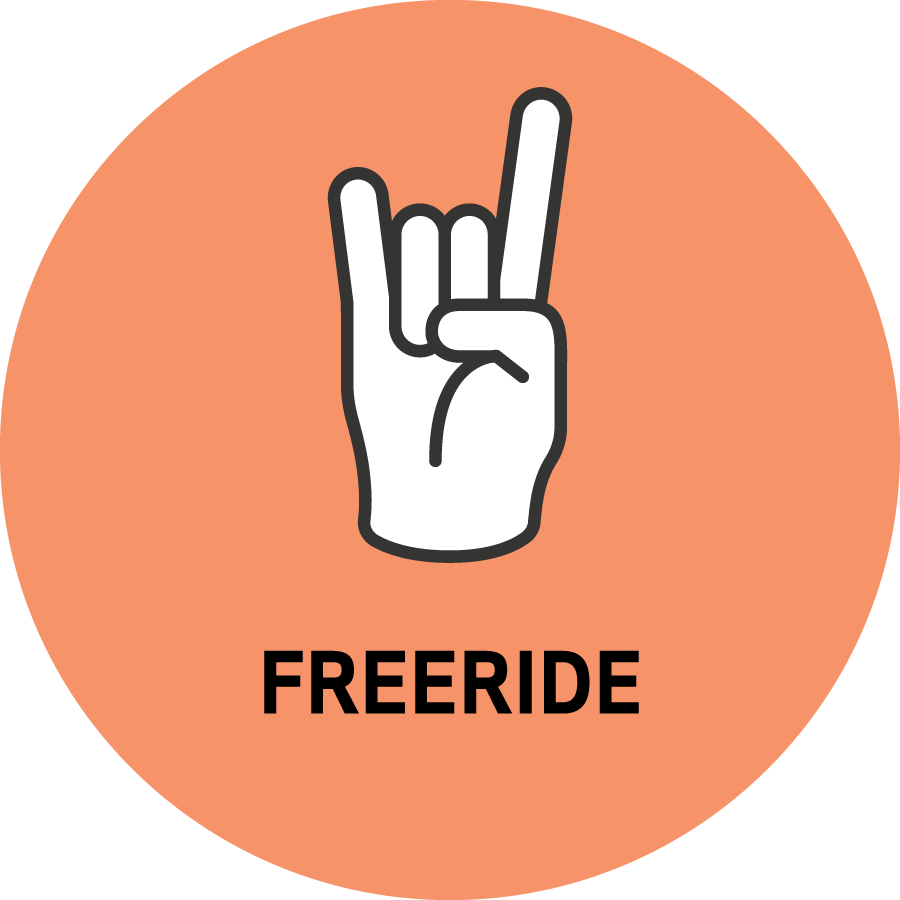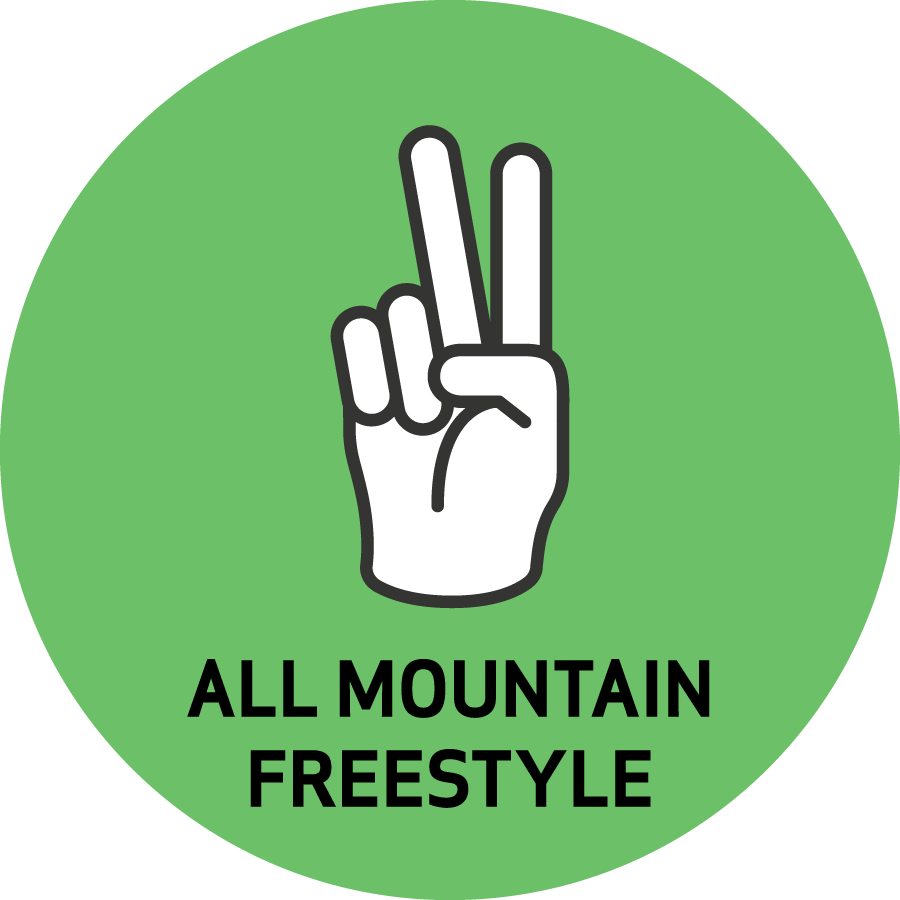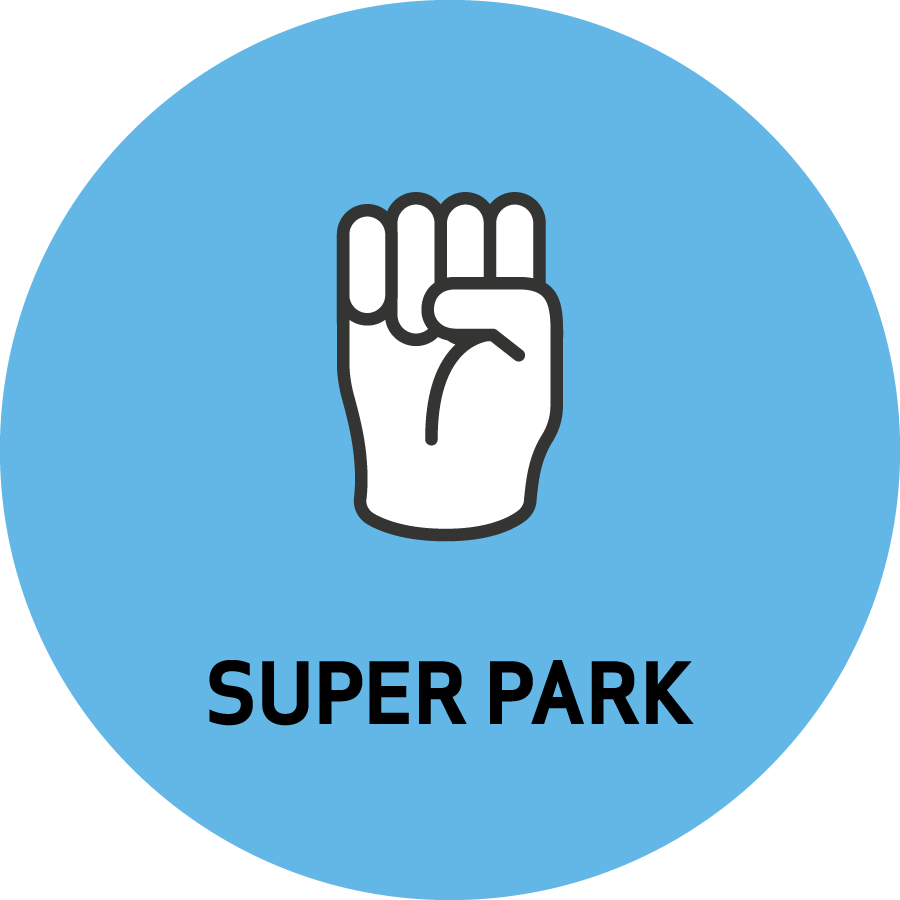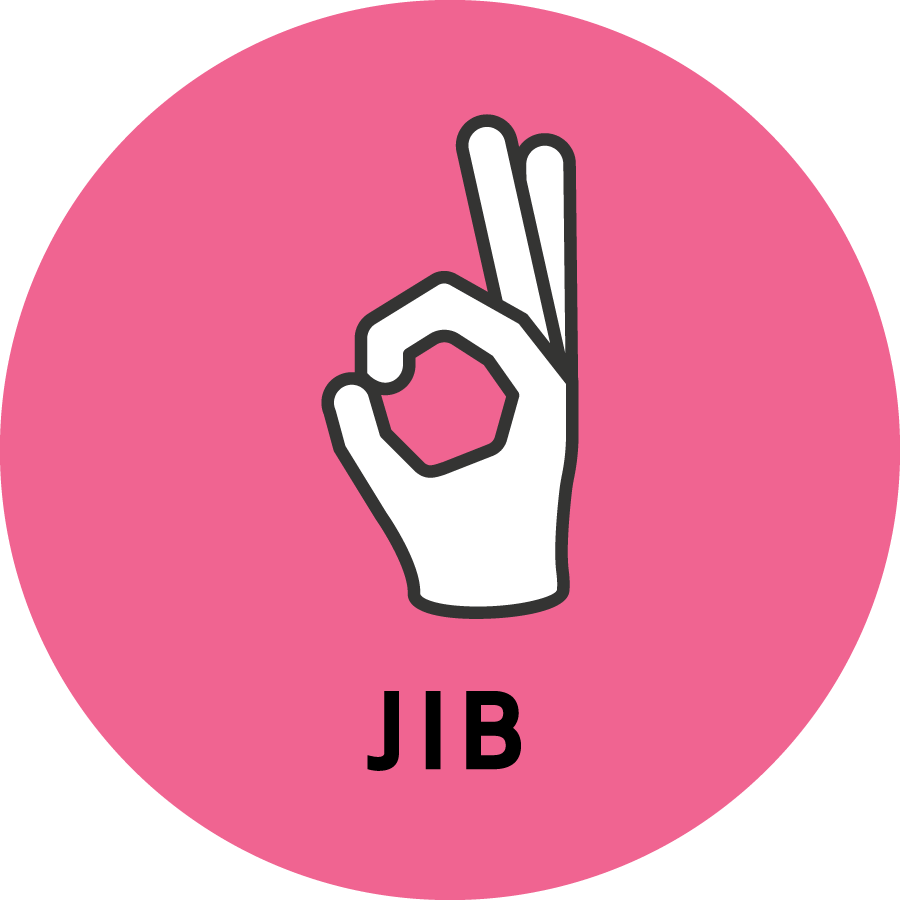RIDERS HOMIES PERSONALITIES
Pow is a surfing sensation on snow. You can ride pow on any mountain after a snowstorm or on any untouched terrain. The boards are often softer, with rocker and a long nose for a surfy, fun feeling. Pow boards are always a second board.

Freeriding is riding big mountains: Alaska, Whistler, backcountry expeditions. These are more extreme pow conditions where the rider must be educated and careful. The boards are stiffer, have a big directional to raise the front of the board well, and they are often more high-end. Mostly, a freeride board is a second board.
All-mountain freeriding is a day in the mountains, but focused on powder. Untouched slopes, glades, and powder. Boards that aren't too soft, with a longer nose in case of heavy snow. This is the type of board that can tackle all terrains, but should be avoided in a snowpark.

The all-mountain freestyle board says it all in the name: it's an all-mountain board with a good freestyle personality. It's a twin or directional twin board, with both sides equal (or almost) that allows you to ride anywhere on the mountain and finish your run in the park. It's a very versatile all-mountain board for the rider who would like to have a single board for all types of days.
Super park snowboards are what you see on TV when you watch the X-Games or the Olympics. These are boards made for landing jumps of 60 feet or more, for doing 2 in 2 outs on a down rail—in short, a big park snowboard. The boards are stiffer and often have a pronounced camber, all this to better grip the landing of a big jump.
Park boards are designed for those who spend their days in the snowpark. They generally have a medium flex with a flat or rockered shape for more fluidity in the snowpark. The person riding this board can do reasonably sized jumps and rails.
Jib riding is like park riding, but without the jumps. It's all about focusing on the rails, whether in your local mountain's park or on the streets. A jib board is often softer and rockier for more fluidity on the rails and forgiveness on landings. The boards have stronger bases to withstand impacts on the steel rails.
Our unique way of seeing RIDE. Do you find it subjective, too subtle? Perfect. Come challenge us: that's how we recognize true enthusiasts.

Powder riding is like surfing on snow. You can do it in any mountain after a snowfall or on any untouched terrain. The boards are often softer, with a rocker and a long nose to give you a surfing and fun feeling. Powder boards are always a second board.

Freeriding is about riding big mountains: Alaska, Whistler, backcountry expeditions. These are more extreme powder conditions where the rider must be knowledgeable and cautious. The boards are stiffer, with a large directional shape to lift the front of the board, and they are often higher-end. For the most part, a freeride board is a second board.

All-mountain freeriding is a day in the mountains focused on powder snow. Untouched slopes, forests, and powder snow. The boards aren't too soft, with a longer nose for heavy snow conditions. This type of board can handle all terrains but should be avoided in a snowpark.

All-mountain freestyle, the name says it all: it's an all-mountain board with a good freestyle personality. It's a twin or twin directional board, with both sides equal (or almost), allowing you to ride anywhere on the mountain and finish your run in the park. It's a very versatile all-mountain board for the rider who wants to have only one board for all types of days.

Superpark is what you see on TV when you watch the X-Games or the Olympics. These are boards designed for landing jumps of 60 feet and more, for doing 2 in 2 out on a down rail—in short, a big park snowboard. The boards are stiffer and often have a pronounced camber, all to better grip the landing of a big jump.

Park boards are made for those who spend their day in the snowpark. They generally have a medium flex with a flat or rocker shape for more fluidity in the snowpark. The person using this board does jumps of reasonable size and rails.

Jibbing is snowpark riding, but without the jumps. It's all about focusing on rails, whether in your local mountain's snowpark or on the streets. A jib board is often softer and rocker-shaped for smoother rail riding and forgiving landings. The boards have more durable bases to withstand the impact of hitting the steel rails.






